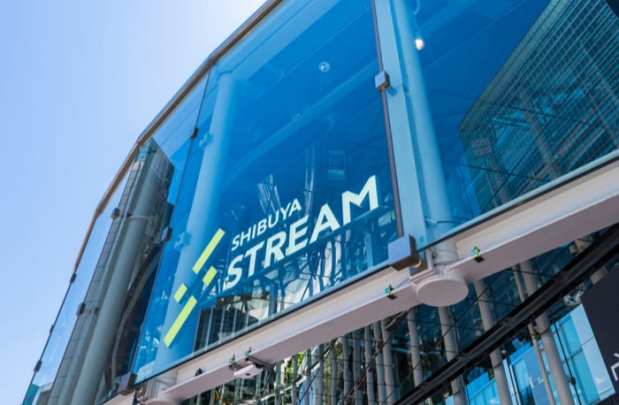Google Sets Up Shop In Tokyo’s Chic Shibuya Neighborhood

Google relocated its head office to Tokoyo’s hip Shibuya neighborhood, taking up most of the 35th floor of the Shibuya Stream skyscraper, Bloomberg reported on Tuesday (Nov. 19).
Sundar Pichai, Google’s chief executive officer, was in Tokyo Tuesday for the grand opening of the new location, which will also house its second Google for Startups Campus in Asia. Aside from Seoul, the campus program is in five additional locations — London, Tel Aviv, Madrid, Sao Paulo, and Warsaw.
Pichai said at the grand opening that an accelerator program will focus on “established startups” that are focused on artificial intelligence (AI) and machine learning. The tech giant also has a Grow with Google program for individual job-seekers and students.
“Ultimately, we want to make sure the legacy of technology innovation extends far beyond 2020. This Google for Startups Campus is one part of that,” he said.
The move to Shibuya Stream doubles its Japanese workforce to more than 2,000, Pichai said, noting that Google has “invested heavily” in Japan. It plans to train 10 million people in digital skills by 2022.
“At Google, we are deeply committed to fostering Japanese startups,” Pichai said.
AI and machine learning are major areas for Google as well as Japan. SoftBank’s planned merger of Yahoo Japan and chat app LINE creates an AI tech leader. Peter Thiel also introduced the AI data company Palantir Technologies Japan Co., which focuses on health and cybersecurity.
“We’ve been supporting Japanese startups for some time now: Cinnamon uses AI to help businesses work more efficiently and Lily MedTech is working on a device that could better detect breast cancer at an early stage. The new Campus means we’re better able to help many more founders as they take their ventures forward,” Google said in a press release.
In March, the tech giant got back into robotics with a new effort called Robotics at Google. The program will feature simpler robots than the “humanoid-shaped machines” that were a feature of the earlier efforts.
